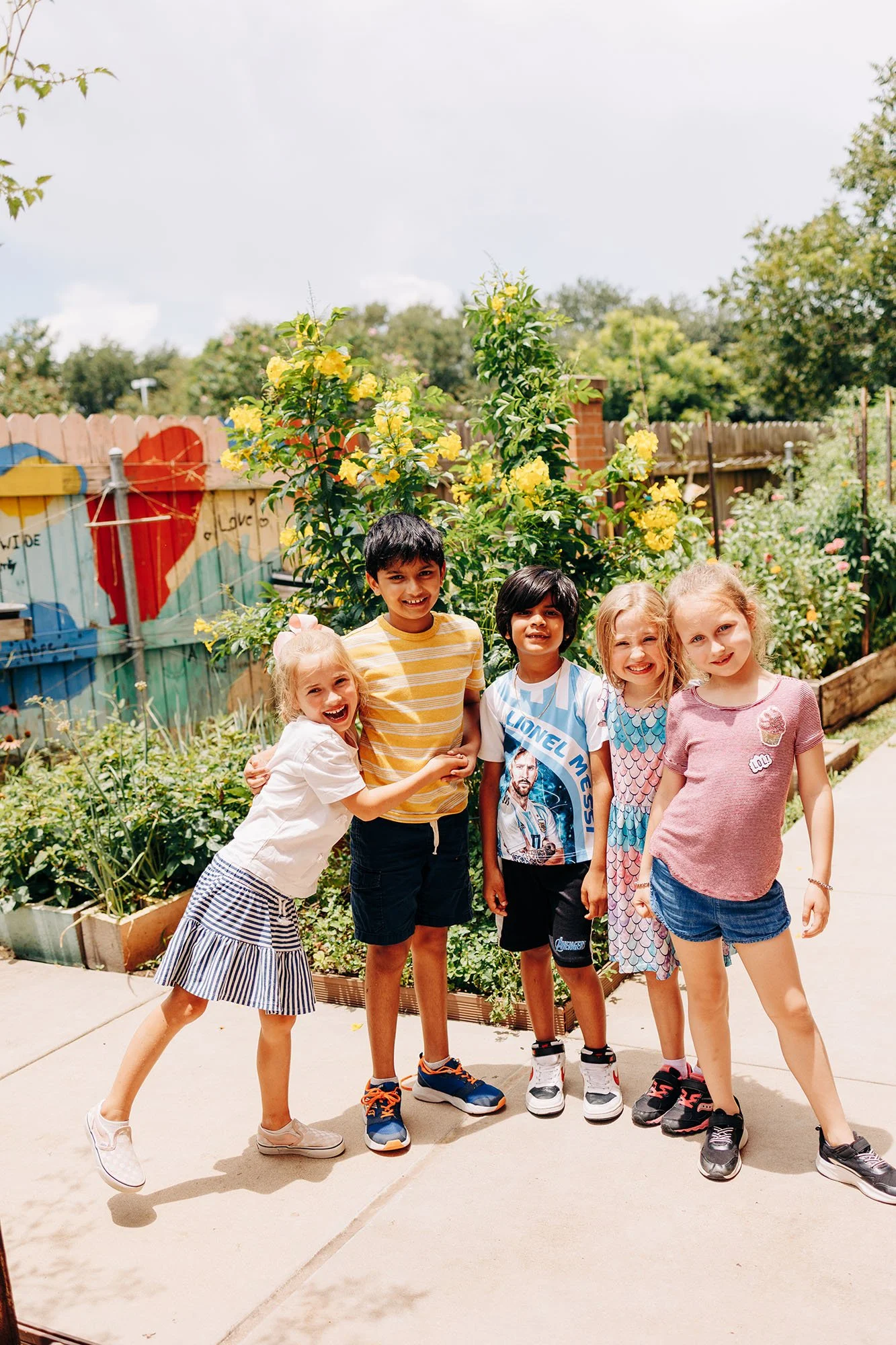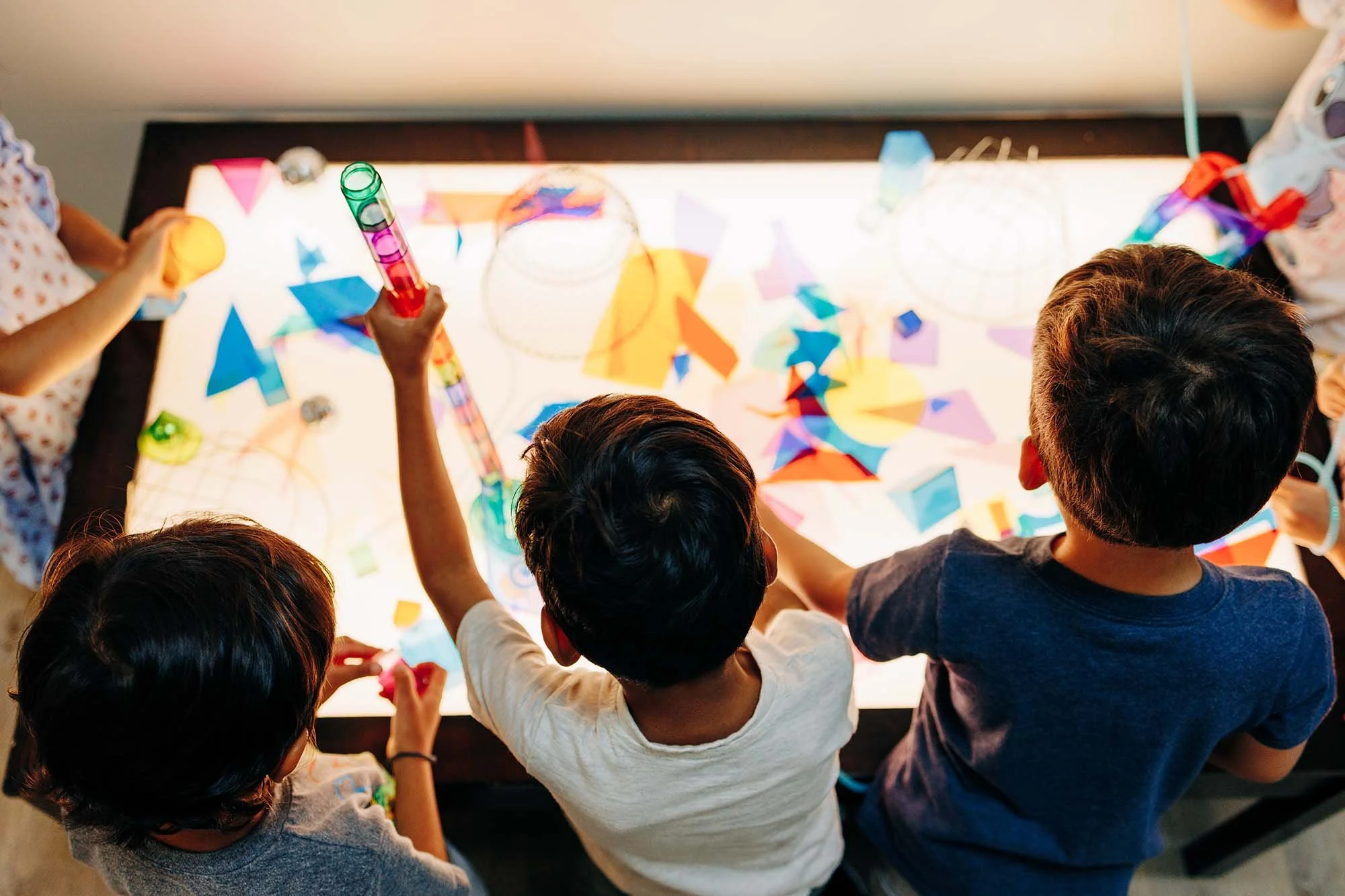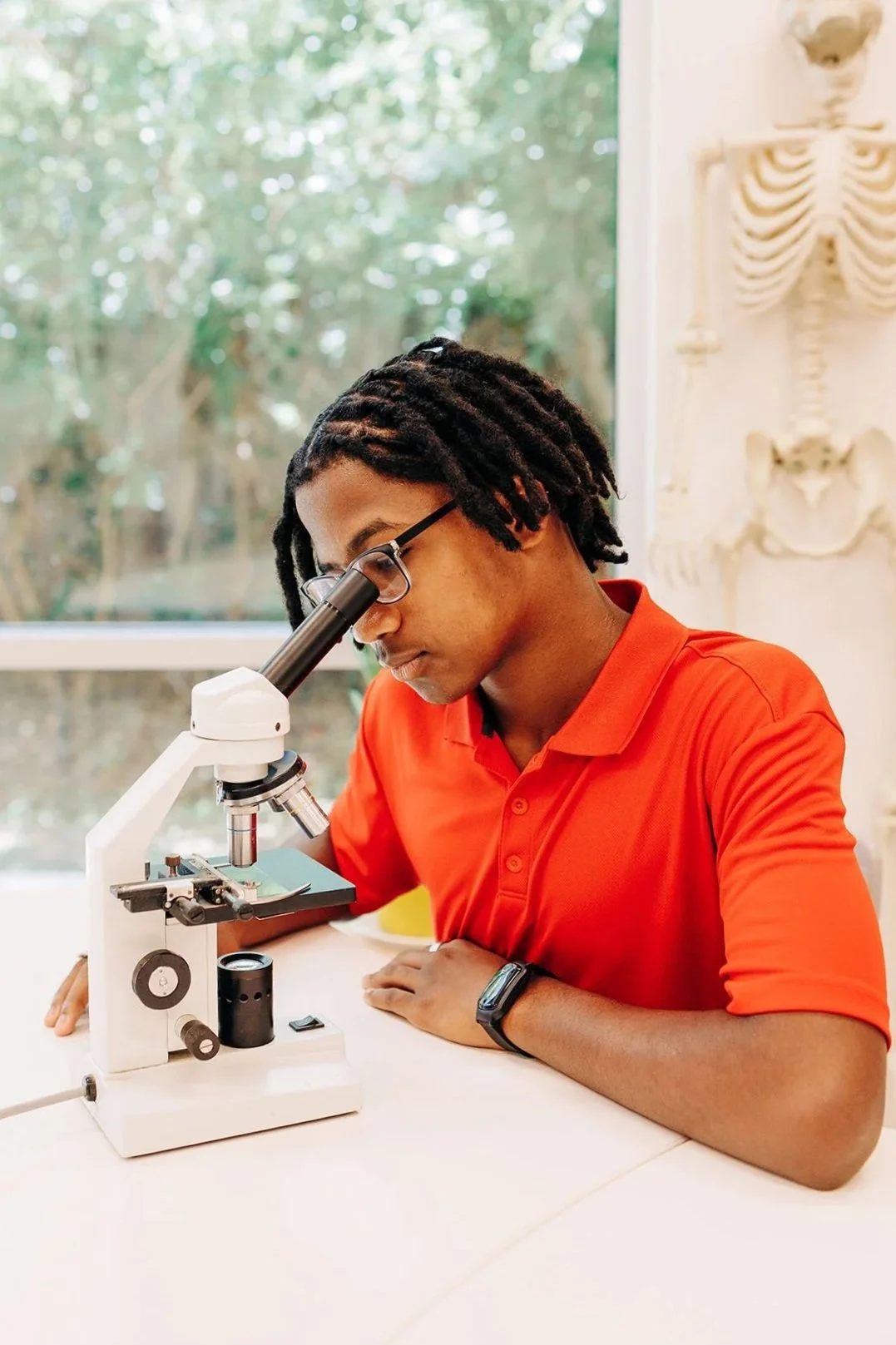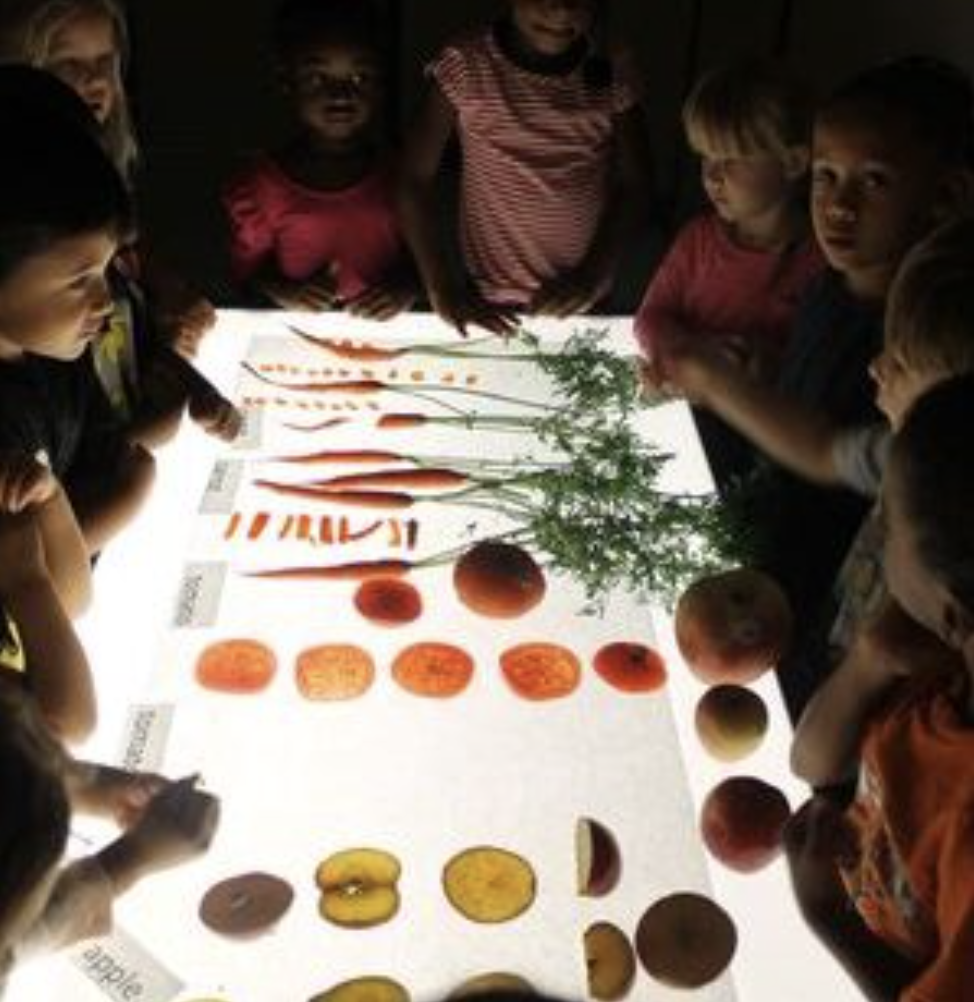The WIDE School’s philosophy encompasses several key educational approaches that foster curiosity, creativity, and real-world learning.
The 7 TRAITS of our classrooms:
How We Learn
01: Project-Based Learning
Learning through Real World Exploration
Project-Based Learning is at the heart of our approach, empowering students to take an active role in their education. Through hands-on projects, students ask questions, investigate real-world challenges, and develop creative solutions, all while building critical thinking and collaboration skills. Guided by their interests and supported by educators, students engage in meaningful, interdisciplinary learning that fosters curiosity, problem-solving, and a deep understanding of the world around them.
02: Think Tank
Our in-house creative team dedicated to furthering your child’s education
Every classroom, from our infants to elementary, are visited regularly from our Think Tank team. The Think Tank is a team composed of academic, educational, and creative specialists who offer additional dimensions to the learning that takes place within each classroom. Working to support the teachers in furthering the students’ explorations, members of the Think Tank will visit each classroom daily on rotations to assist in enriching the learning experience by incorporating elements of their own expertise. One of the major goals of the Think Tank is to support the children’s experiences by exploring their world using their symbolic 100 languages of learning, thinking, communicating, and doing.
03: Outdoor Classroom
Look deep into nature and then you will understand everything better.
Emphasizing the environment as a "third teacher," outdoor spaces are of great importance. For obvious reasons, children flourish when they are outside. We often take activities that are normally done inside the classroom to the outdoors such as reading, eating, meetings, science experiments or making music. In our gardens, we have carefully selected plants to attract various animals to allow the children to be a part of various life cycles and natural wildlife habitats. The children play outside and engage in meaningful work.
04: The Theory of Loose Parts
Creativity is the highest form of intelligence
We embrace the Theory of Loose Parts, introduced by architect Simon Nicholson in 1971, to enhance children's creativity and problem-solving abilities. This approach involves providing materials that can be moved, combined, redesigned, and taken apart, allowing children to explore endless possibilities. By engaging with these open-ended materials, children develop critical thinking skills and imagination, as they are free to experiment and invent. Our educators thoughtfully prepare environments rich in loose parts, both indoors and outdoors, supporting child-led exploration and discovery.
05: The Arts + Yellow House
Creating expressing through art
Creativity and The Arts are as fundamental to education as literacy. Our Yellow House Atelier, the heart of our school, serves as a dynamic space where students are free to explore, create, and dream. Here, children engage with a variety of materials—from professional-grade paints and watercolors to clay and wire—allowing their thoughts to become visual expressions. This environment fosters the use of multiple symbolic languages, including drawing, sculpting, dramatic play, writing, and painting, enabling students to think critically, collaborate, and build confidence. By integrating art into our curriculum, we provide opportunities for children to apply academic concepts creatively, enhancing their overall learning experience.
06: Science
Explore the world through Science
Science is not just a subject—it’s a way of thinking. Rooted in curiosity and hands-on discovery, our approach encourages students to ask questions, experiment, and explore real-world phenomena. Through project-based learning, students engage in investigations that spark critical thinking, creativity, and problem-solving. Whether exploring nature, conducting experiments, or designing innovative solutions, children develop a deep understanding of scientific concepts while fostering a lifelong love for inquiry and discovery.
07: Food as a Language
Discovering Science, Culture, and Community Through Food
Food is more than nourishment—it’s a way to explore culture, science, and creativity. Through hands-on experiences in the kitchen and garden, students develop a deeper connection to what they eat, learning about nutrition, sustainability, and the joy of preparing meals. Using locally sourced ingredients, children engage in a sensory-rich learning process that encourages independence, collaboration, and an appreciation for where food comes from, fostering lifelong healthy habits.











